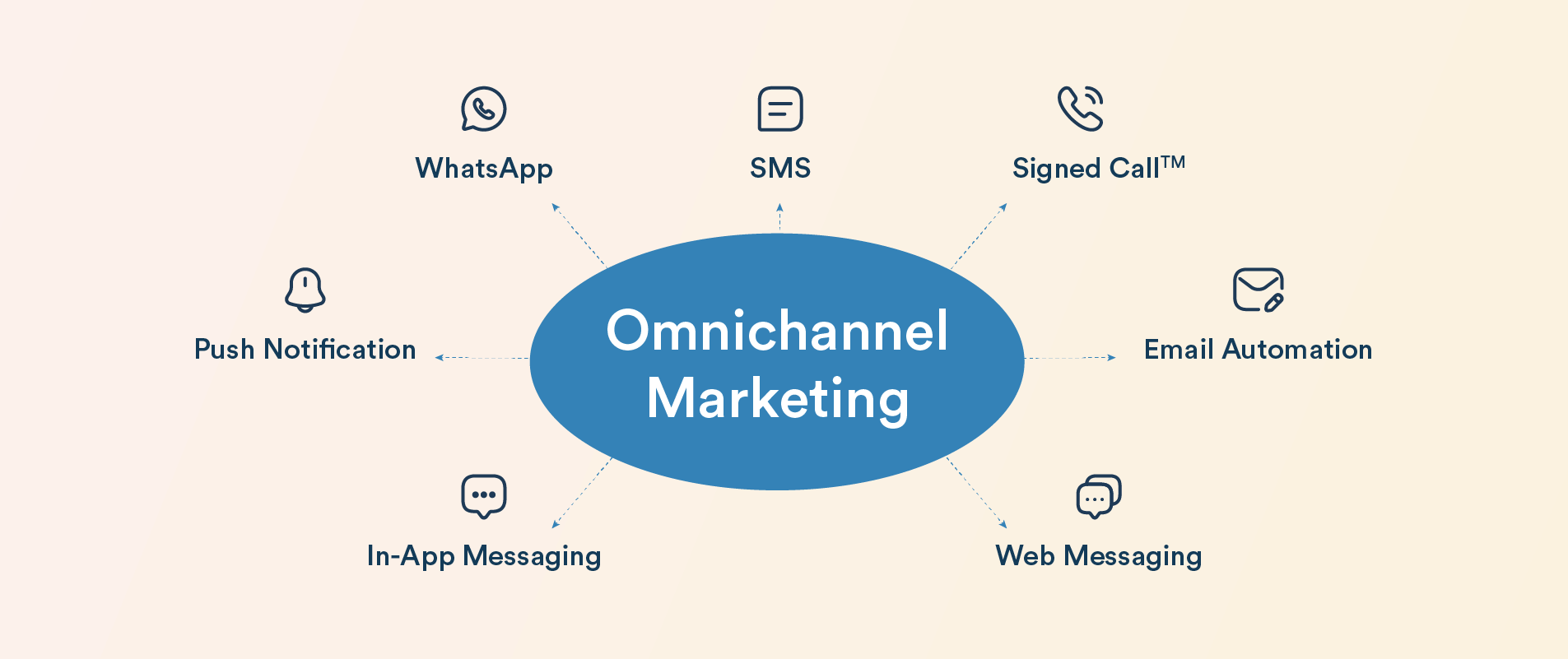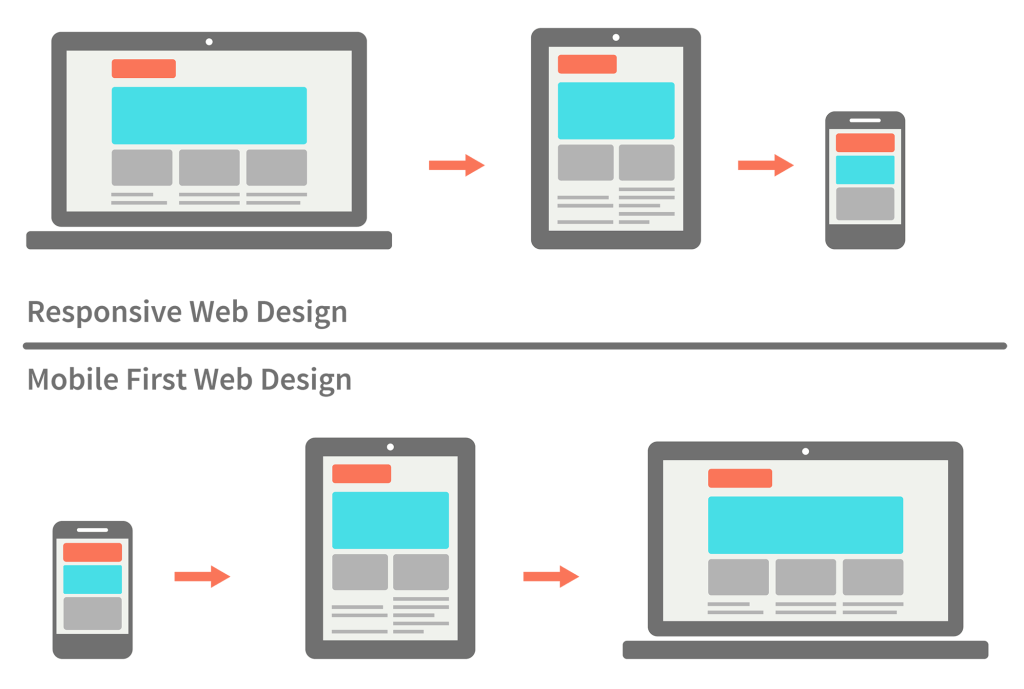Why Mobile First Isn’t Enough The Shift Towards Experience First Design
In today’s rapidly evolving digital landscape, businesses have long prioritized mobile-first design. The reasoning was clear: mobile traffic dominates global internet usage, and users expect seamless experiences on their smartphones. But while mobile-first was once revolutionary, the paradigm of web and app design is shifting. Today, focusing solely on mobile devices is no longer sufficient. Forward-thinking companies now collaborate with a website design agency that embraces experience-first design to craft engaging, user-centered digital products.
The Rise and Limitations of Mobile-First Design
Mobile-first design emerged as a response to changing user behavior. With smartphones becoming the primary way people access the internet, designers began prioritizing mobile interfaces before desktop versions. The approach had clear benefits:
-
Prioritized content: Designers focused on essential elements for smaller screens.
-
Faster load times: Encouraged streamlined, clutter-free design.
-
Improved SEO: Google rewarded mobile-friendly websites with higher rankings.
However, mobile-first design has its limits. Its narrow scope emphasizes devices over experiences. While it ensures that a website fits neatly on a screen, it doesn’t account for the emotional, psychological, and interactive elements that define how users truly connect with a brand.

What is Experience-First Design?
Experience-first design (EFD) is a holistic approach that prioritizes how users feel, think, and interact with digital platforms. Instead of focusing only on screen size, it integrates usability, personalization, inclusivity, and performance to create lasting impact.
Key principles include:
-
User-Centered Thinking: Grounded in research, testing, and feedback.
-
Cross-Device Consistency: Ensures seamless experiences across smartphones, tablets, desktops, and even smart TVs or wearables.
-
Emotional Engagement: Builds trust and loyalty through memorable interactions.
-
Accessibility: Inclusive design that supports all users, regardless of ability.
-
Performance & Speed: Smooth, responsive websites that enhance satisfaction.
By combining design with empathy, businesses can deliver digital experiences that don’t just function—they resonate.
Why Businesses Must Transition to Experience-First
User Expectations are Evolving
Today’s users want more than functional websites—they expect intuitive, delightful interactions. Studies show 88% of users are less likely to return after a poor digital experience. Mobile-first may get you on the screen, but experience-first ensures customers come back.
Omnichannel Experiences are Key
Shoppers switch between devices constantly—discovering a product on mobile, comparing it on tablet, and purchasing on desktop. Only an experience-first approach ensures this journey feels natural and uninterrupted.
SEO and Performance Benefits Beyond Mobile
Google now rewards more than mobile compatibility. Metrics like Core Web Vitals and interactivity signals play a big role in rankings. Partnering with experts in UI UX design services can help brands optimize both experience and performance simultaneously.
Brand Loyalty Through Engagement
Memorable, human-centered experiences foster trust and build brand advocates. When customers enjoy every interaction, retention and conversions follow naturally.

Core Strategies for Experience-First Design
Shifting from mobile-first to experience-first design isn’t just a matter of tweaking layouts. It requires a fundamental rethinking of how businesses approach users, technology, and brand storytelling. Below are the core strategies every business should adopt to make the transition successful:
1. Conduct Deep User Research
At the heart of experience-first design lies understanding the user. This means going beyond surface-level demographics and digging into actual behavior, motivations, and frustrations. Techniques such as user interviews, surveys, heatmaps, and session recordings provide insights into how people interact with your website or app. By uncovering hidden pain points, businesses can design solutions that feel intuitive and natural rather than forced.
Example: A skincare eCommerce brand may discover through heatmaps that users abandon carts when the product ingredient list is too hard to find. A redesign that prioritizes clear, visible ingredient sections could directly improve conversions and trust.
2. Create Adaptive, Not Just Responsive, Design
Responsive design ensures that a website looks good on different screen sizes—but adaptive design takes it further by tailoring experiences to context. It considers user intent and environment, not just screen dimensions.
For instance, a mobile user browsing on the go may benefit from one-click checkout and simplified navigation, while a desktop user might want richer product comparisons or detailed specs. Adaptive design adapts content and flow to the situation, creating a more natural journey across devices.
3. Focus on Interaction Design (IxD)
The small details often have the biggest impact on perception. Micro-interactions—like a heart animation when liking a post, or a subtle progress bar during checkout—make users feel in control and engaged.
Good interaction design also communicates system status. If a button is clicked, it should respond immediately with feedback (color change, loading icon, or animation). These signals reassure users and create an enjoyable, intuitive experience that feels “alive.”
4. Prioritize Accessibility
An experience-first approach must be inclusive. Following accessibility standards like WCAG (Web Content Accessibility Guidelines) ensures that everyone—including users with disabilities—can navigate your website with ease.
This includes providing alt text for images, ensuring color contrast for readability, supporting keyboard navigation, and enabling screen readers. Not only does this open your brand to a wider audience, but it also demonstrates empathy and responsibility.
Bonus: Accessible websites often perform better for all users, as clean structure and clarity benefit everyone.
5. Integrate Personalization
Modern users expect brands to understand them. Experience-first design integrates personalization through dynamic product recommendations, contextual content, and customized user journeys.
For example, an eCommerce store can use browsing history to suggest relevant products or highlight time-sensitive offers tailored to a returning customer. This kind of personalization turns a generic visit into a unique, engaging experience that boosts conversions and loyalty.
6. Test Continuously and Iterate
Experience-first design is never a one-and-done project. It evolves constantly, informed by user feedback and performance data. Continuous A/B testing, usability studies, and behavioral analytics reveal what works and what doesn’t.
A cycle of testing → learning → improving ensures that digital experiences remain aligned with user expectations, which are always changing. Businesses that adopt this mindset treat their websites as living platforms—always growing, always adapting.
Together, these strategies form the backbone of experience-first design. They shift the focus from devices to humans, from static websites to dynamic experiences, and from one-time design projects to continuous evolution.
.jpg?width=1364&height=768&name=Experience%20design_UX%20and%20Experience%20Design%20(1).jpg)
The Role of Technology in Experience-First Design
Technology is the backbone that makes experience-first design possible. It doesn’t just support design choices—it actively shapes how users engage, navigate, and feel while interacting with a brand. Here are some of the key innovations driving this shift:
Progressive Web Apps (PWAs)
PWAs combine the best of websites and mobile apps into one unified experience. They work seamlessly across devices, load quickly even on poor networks, and offer features like offline browsing, push notifications, and home-screen shortcuts. For businesses, this means offering users app-like convenience without forcing them to download yet another app.
Artificial Intelligence & Machine Learning
AI and ML power personalization at scale. By analyzing user behavior, purchase history, or browsing patterns, brands can deliver tailored product recommendations, adaptive content, and predictive search results. This creates a sense of being understood—turning digital interactions into personal, human-like conversations.
Advanced Analytics
Tools like heatmaps, session recordings, and behavioral analytics provide deep insights into how users actually interact with a website or app. These insights help teams identify friction points, test new ideas, and refine design elements. Instead of guessing, businesses can continuously evolve their platforms based on real data-driven evidence.
Voice & Gesture Interfaces
With the rise of voice assistants and smart devices, users are beginning to expect more natural ways to interact with technology. Voice commands and gesture-based navigation break down barriers between humans and machines, creating smoother, more intuitive digital journeys. For brands, this means preparing websites and apps to support multimodal experiences that feel effortless and modern.
Here, businesses often need expert support. Many companies turn to a custom website development company to bridge design, technology, and user psychology—ensuring innovation is balanced with usability.

Why Your Website Strategy Needs the Right Partner
Implementing experience-first design requires alignment between creativity, strategy, and technical execution. Many businesses struggle to achieve this internally. Collaborating with a professional team that specializes in website development solutions in India ensures a holistic approach—combining aesthetics with performance, inclusivity with personalization.
Future-proofing your digital presence also becomes easier. As devices, platforms, and behaviors evolve, your website adapts without costly overhauls.
NJ Graphica: Elevating Experience-First Design
At NJ Graphica, we know mobile-first is just the starting point. Our focus is on creating experience-first design solutions that captivate users and fuel business growth. Whether through intuitive interfaces, lightning-fast websites, or adaptive cross-device consistency, we align design with strategy to create real results.
From complete website revamps to tailored development projects, NJ Graphica ensures your brand’s digital presence resonates across every platform. Don’t just aim for functionality—invest in an experience that connects deeply with your audience.
Contact NJ Graphica today to transform your digital presence with experience-first design.





 6 months ago
6 months ago





Comments